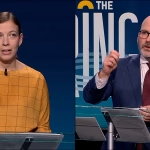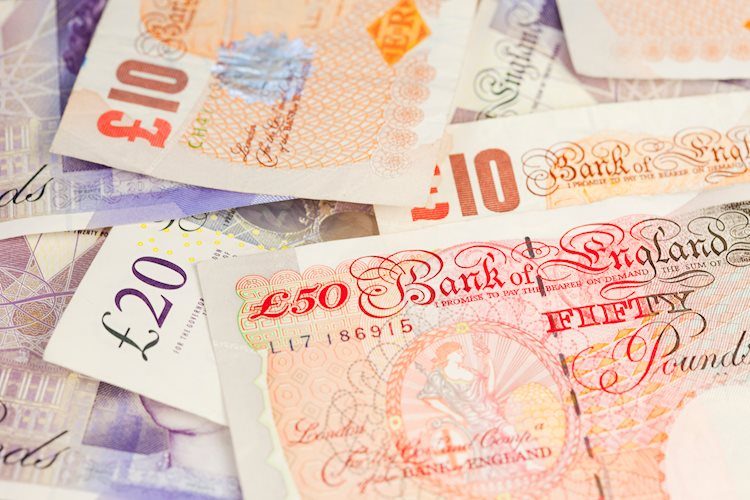The GBP/USD pair experienced significant losses in the previous week, despite a brief recovery on Friday. The pair struggled to gain momentum at the start of the new week and was trading below the key level of 1.3100. The decline in GBP/USD was largely attributed to dovish comments from Bank of England (BoE) Governor Andrew Bailey. Although there was a rebound in the European session on Friday, the pair was unable to sustain these gains as upbeat US employment data boosted the US Dollar.
As the week closed, the Pound Sterling was still under pressure against the US Dollar, with GBP/USD falling below 1.3100. The pair faced challenges in sustaining higher levels, resulting in a significant correction from 30-month highs. The Pound Sterling faced negative sentiment due to the Bank of England’s dovish policy expectations and a risk-averse market environment. This led to GBP/USD giving up nearly 300 pips in the past week, signaling a lack of strength in the Pound Sterling.
Looking ahead, the Pound Sterling may continue to face challenges as US inflation data looms large. The resurgence of demand for the US Dollar has put additional pressure on GBP/USD, while the uncertain economic environment and policy expectations from the Bank of England continue to weigh on the Pound Sterling. Reclaiming the key level of 1.3100 will be crucial for the Pound Sterling to discourage bearish sentiment and regain some momentum in the coming weeks.
In terms of trading opportunities, market participants should closely monitor any developments in US inflation data, as it could have a significant impact on the GBP/USD pair. Traders should also pay attention to any further comments from the Bank of England officials, as any hints of a more hawkish stance could potentially support the Pound Sterling. Overall, the GBP/USD pair remains volatile and traders should exercise caution when planning their trading strategies in the current market environment.









